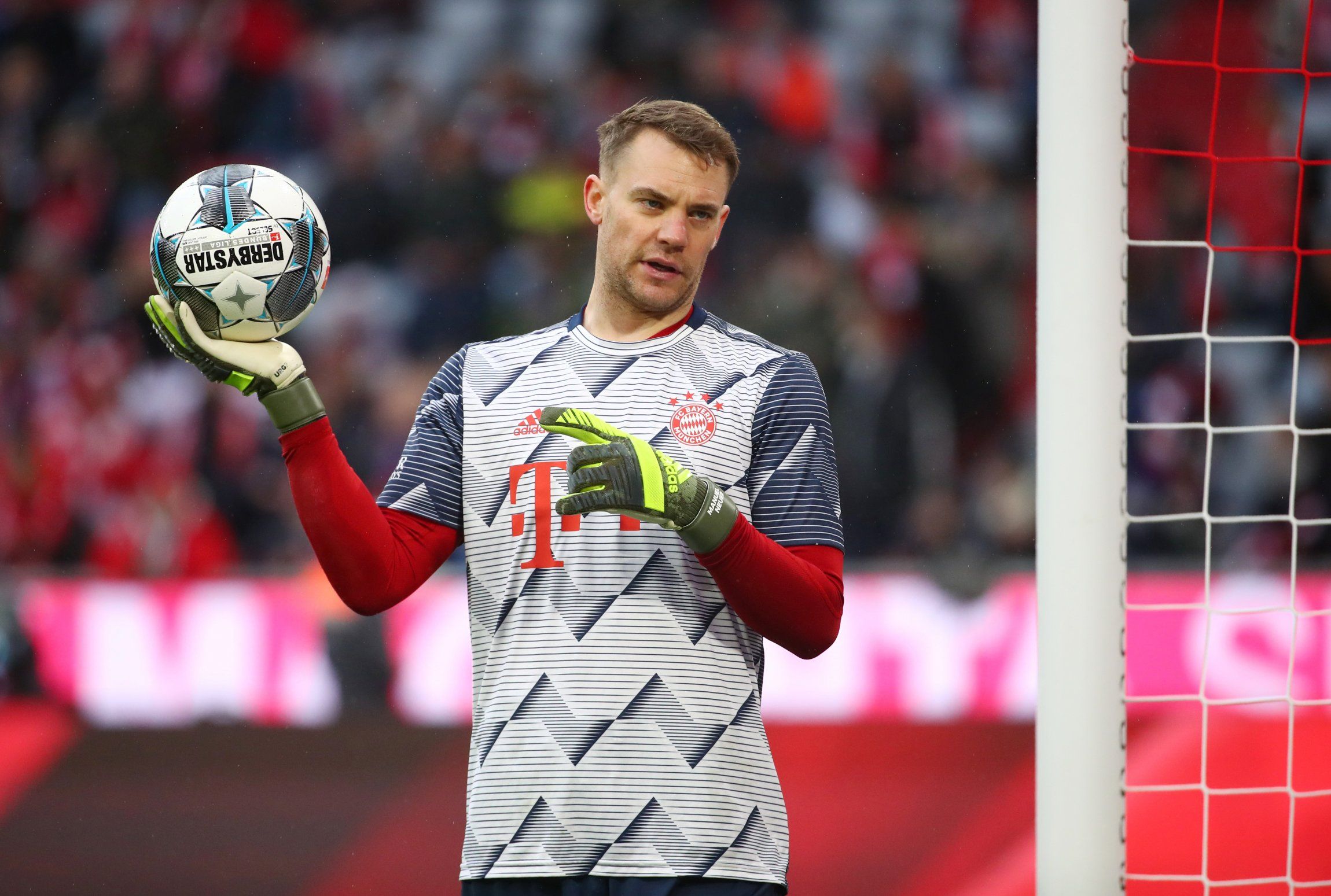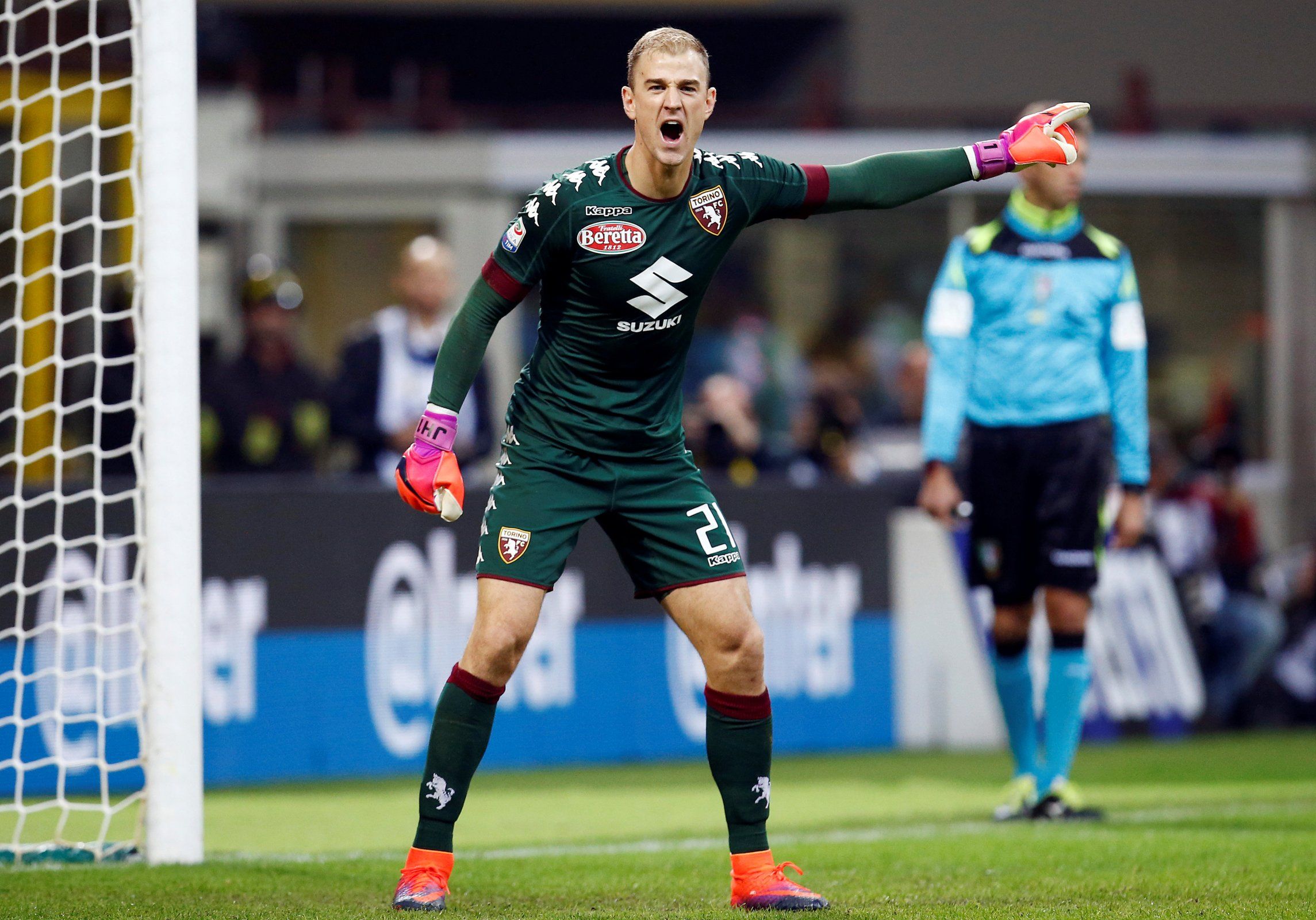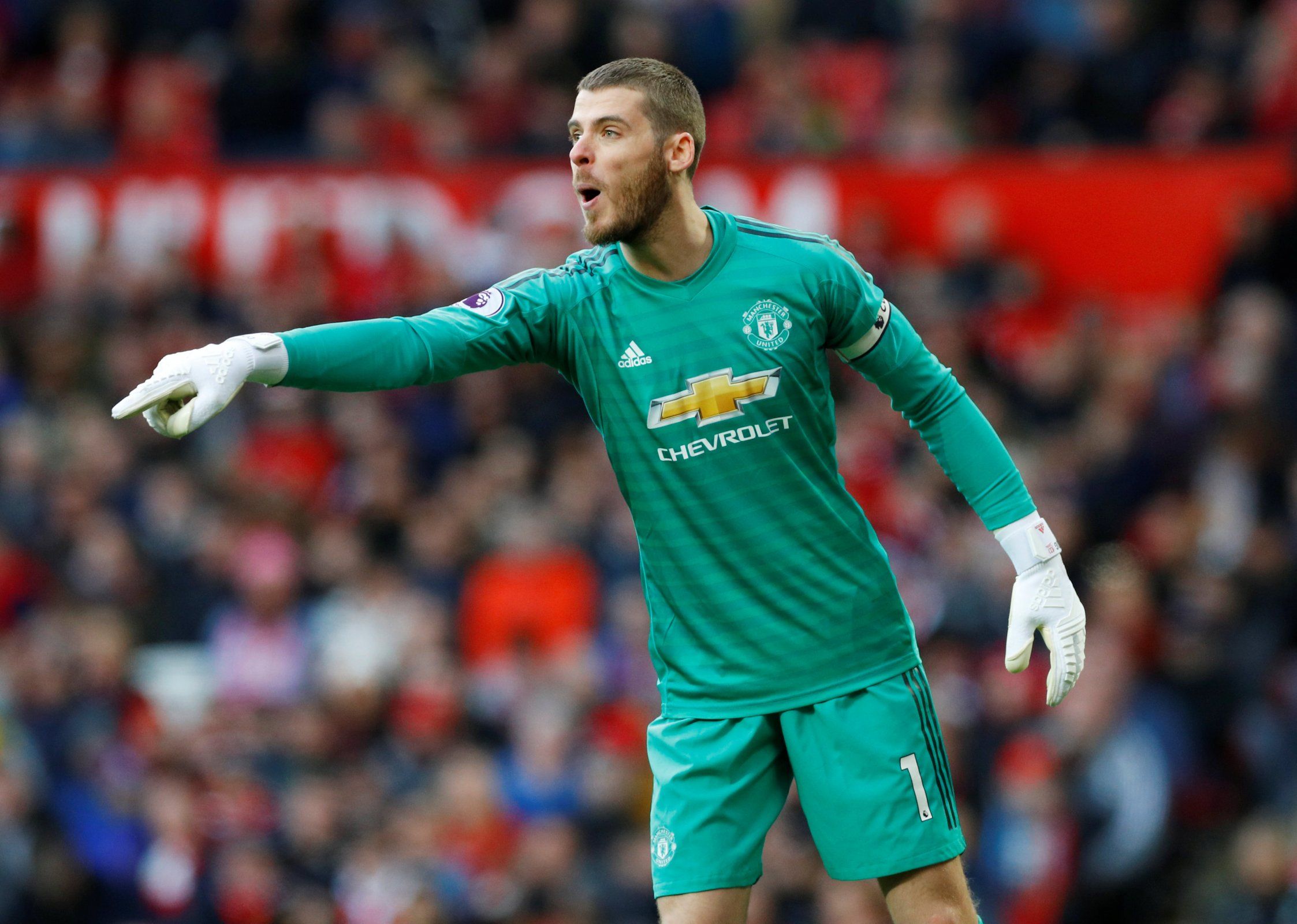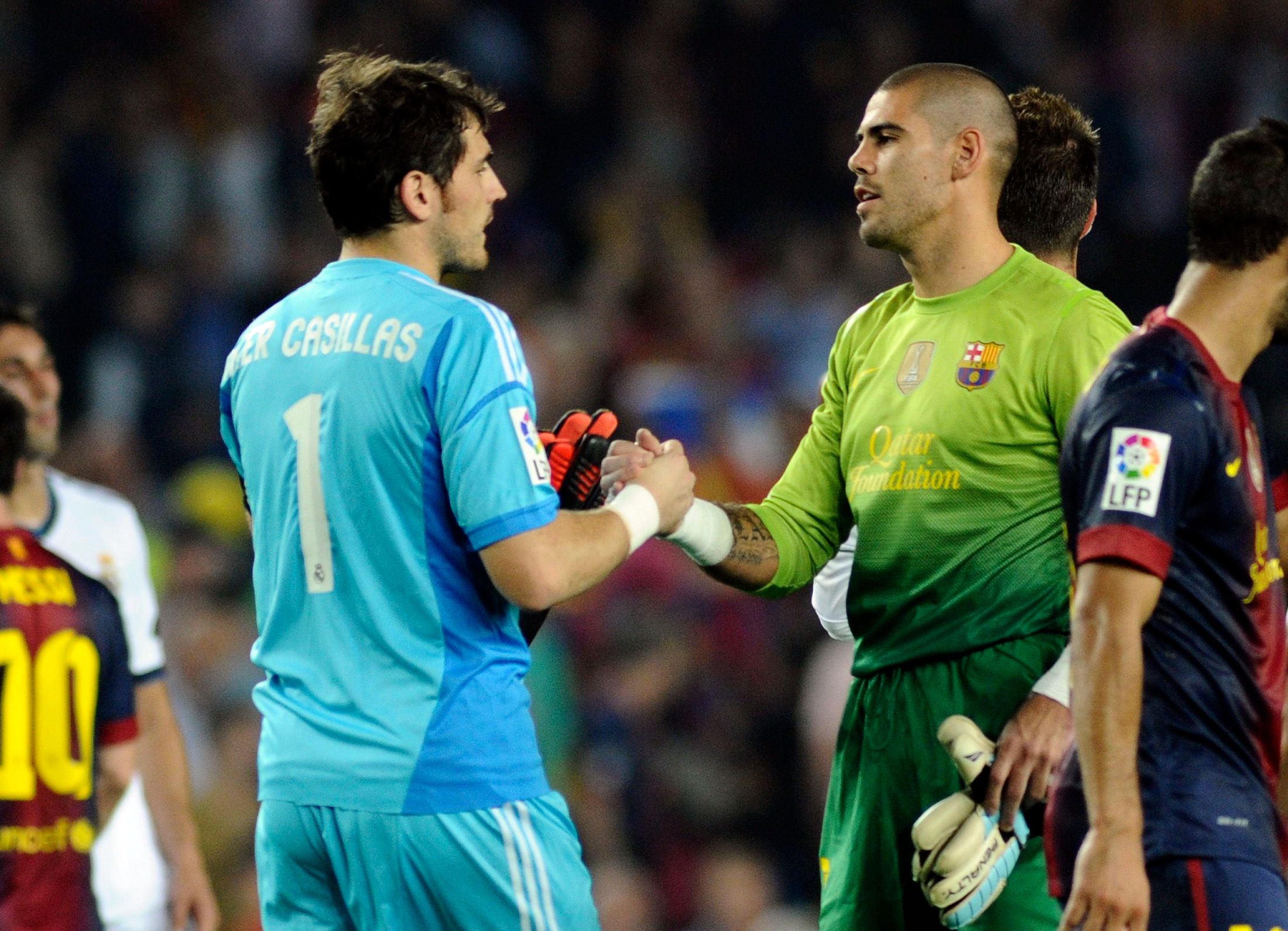The common belief is that a goalkeeper is like a fine wine, maturing with age and reaching their peak years in the latter stages of their careers.
This theory is well-supported by acclaimed shot-stoppers Edwin Van Der Sar, Brad Friedal, David Seaman, David James, and of course Gianluigi Buffon who have produced brilliant displays at club and international level deep into their thirties and early forties.
However, in more recent times the likes of Buffon now appear to be the anomaly rather than the norm.
It is widely regarded that the top ‘keepers across the globe currently are Ederson, Alisson, Jan Oblak, and Marc-Andre Ter Stegen who are all aged between 26 and 28. This is no coincidence.
The trend of goalkeepers being in their prime during their mid-twenties to early thirties, rather than the commonly perceived early to late-thirties has been evident for longer than many may realise.
Iker Casillas, Victor Valdes, Joe Hart, Manuel Neuer, and David De Gea lead a growing number of keepers to peak in their mid-twenties before falling away in their early thirties or sooner in Hart’s and De Gea’s case.
Whilst it may be harsh to brand United’s number one with the same brush as Burnley’s number two given the chasm between their current status’ it is important to put it into context.
Hart was Manchester City’s first-choice keeper at just 23-years-old and won the Golden Glove for keeping the most clean-sheets throughout the season for three years in a row, claiming two Premier League titles along the way.
But by the age of 29, he was public enemy number one in England after disappointing displays in the 2016 European Championships heavily contributed to the Three Lions embarrassing early exit.
New City boss Pep Guardiola didn’t fancy him either, and he was shipped out on loan to Torino just a few months later.
The similarities to De Gea’s career are striking but the Spaniard’s dip in performance has been much less severe.
Despite initially struggling to adapt to his new surroundings for the first couple of years De Gea helped United to win their last Premier League title back in 2013 aged just 22.
After his transition period was over, De Gea blossomed into one of the best keepers in the world and won the Sir Matt Busby Player of the Year award three out of the next four seasons, as well as being included in four consecutive PFA Team of the Year sides.
In December 2017, in a 3–1 win over Arsenal at the Emirates, De Gea recorded 14 saves and equaled the Premier League record for the greatest number of saves in a single game. In the same campaign, he won his first and, so far only Golden Glove.
But just like Hart, it was a major tournament that started the decline.
Disastrous errors against Portugal and Morocco in the group stages were compiled by his failure to save a single spot-kick in the last 16 as hosts Russia dumped the Spaniards out of the 2018 World Cup.
De Gea kept just five clean sheets in his first 25 appearances the following season. He was criticised by fans and pundits for the atypical mistakes made in losses to Barcelona, Everton, Manchester City and a 1-1 draw against Chelsea.
He ended the season with just seven clean sheets in 38 Premier League appearances, his lowest tally during his time at United. At only 29-years-old many believe De Gea has already begun a steady deterioration.
His lack of ability with his feet is in stark contrast to those of his Premier League rivals; City’s Ederson and Liverpool’s Alisson have added another dimension to Neuer’s evolution of the position.
The imposing Germany and Bayern shot-stopper has suffered somewhat of a decline himself though since a recurring foot injury in 2017.
Neuer won the Champions League, World Cup, three Bundesliga’s, two DFB Pokals, as well as being named in the UEFA Team of the Year for three consecutive seasons during his prime. This resulted in him finishing third in the 2014 Ballon d’Or voting behind only Ronaldo and Messi when he was 28-years-old.
However, at just 31, Neuer began his own decline in unfortunate circumstances. A fractured left foot in April 2017 ended his season early and a recurring fracture in September of the same year restricted the once invincible German to only four appearances for the entire 2017/18 campaign.
Neuer has found it impossible to regain the form he once produced with alarming regularity since his initial injury setback and at 34 is fighting a losing battle to keep Barcelona’s Ter Stegen at bay in the national side.
Iker Casillas is perceived as Neuer’s predecessor as the best goalkeeper in the world and his record-breaking run of six consecutive UEFA Team of the Year awards from 2007 to 2012 (aged 26 to 31) before the Bayern man took over lay’s testament to that.
He played a crucial part in the all-conquering Spain side that won the 2008 European Championships in the same year that he finished fourth in the Ballon d’Or. The Spaniards went on to claim their first World Cup title in 2010 where Casillas kept a record five clean sheets. Two years later they managed to retain their Euro’s crown, where the Madrid man set a new record by going 509 consecutive minutes without conceding.
Casillas never returned to his previously dizzy heights after a serious injury in January 2013. Real Madrid boss Jose Mourinho signed Diego Lopez from Sevilla and Casillas’ compatriot kept his place for the remainder of the campaign despite the iconic ‘keeper’s return from the sidelines.
Even when Carlo Ancelotti replaced the enigmatic Mourinho in the dugout, Casillas found himself limited to cup competitions and went 238 days without starting a Los Blancos match.
Casillas managed to reclaim the Madrid number one jersey the following season, but he was no longer the player he once was and left his boyhood club for Porto aged just 34.
Victor Valdes, Casillas’ former international deputy, suffered a similar fate leaving his boyhood club Barcelona at just 32 to embark on a road to nowhere. Disappointing spells at Manchester United and Standard Liege led to a relegation campaign with Middlesbrough and subsequent retirement at 35.
Not the send-off one the most highly decorated goalkeepers in the world deserved.
It was Bayern’s Neuer that was the catalyst for the evolution of what is expected of the modern-day goalkeeper.
It is now a prerequisite for ‘keepers to be able to play with their feet to an exceptional standard, a proficiency less essential before the German giant ripped up the rulebook.
It was not by chance that Neuer replaced Casillas in the UEFA team of the year in 2013. It marked a huge shift in what is now expected.
The onus is now on goalkeepers to be as astute on the ball as they are with their hands, as comfortable sweeping up loose balls and starting attacks as they are clawing a 30-yard strike out of the corner of the net.
It’s a young players game between the sticks where technique, pace, and ball control are as important as balance, agility, and a commanding presence.





